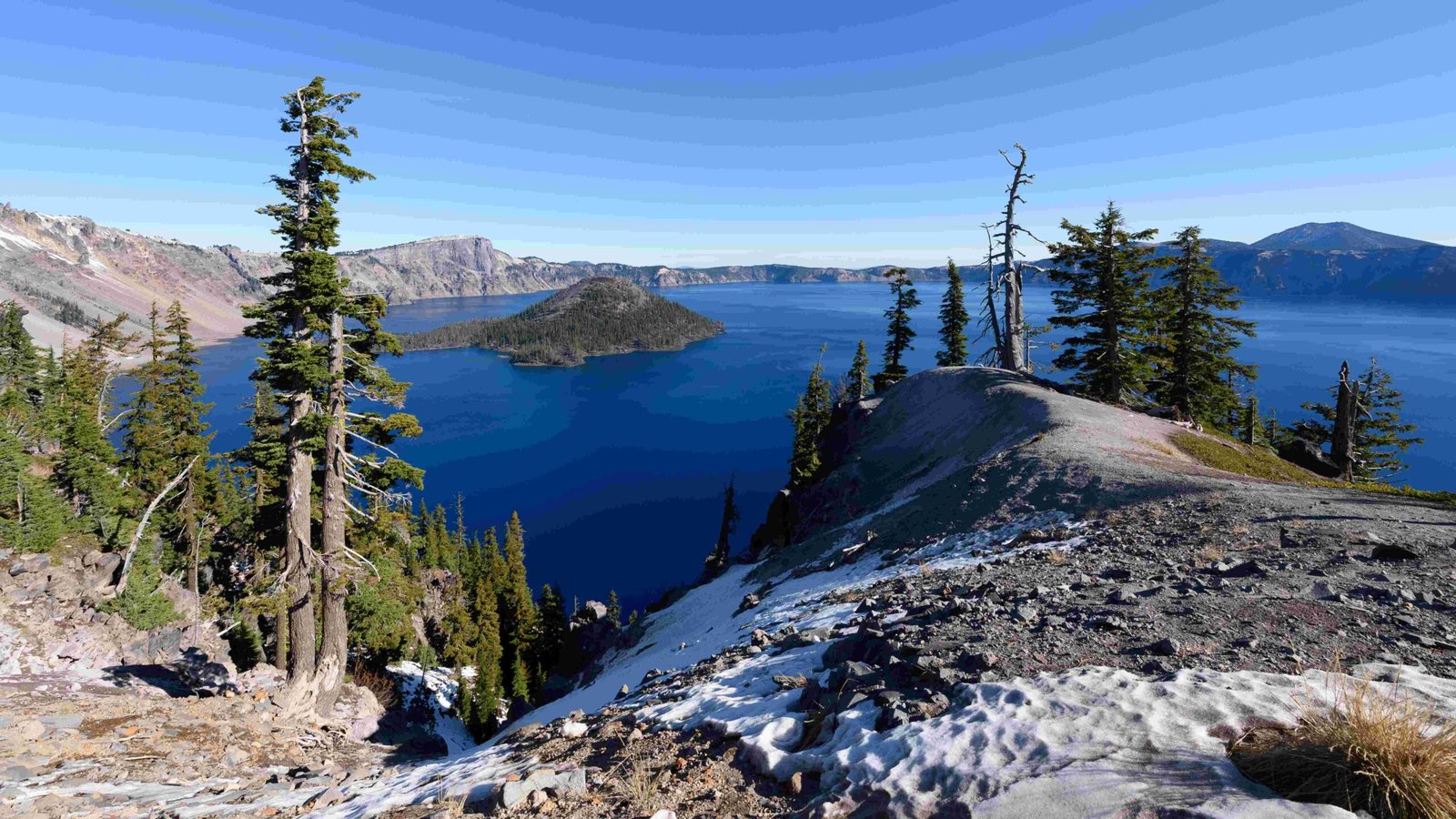Crater Lake stands as a remarkable testament to natural purity, boasting extraordinary water clarity and minimal contamination. Nestled within Crater Lake National Park, this volcanic lake represents one of the cleanest water bodies in North America, with exceptional transparency, low nutrient levels, and rigorous environmental monitoring that ensures its pristine ecological status. Scientists and park rangers continuously track its water quality, confirming its remarkable cleanliness and environmental integrity.
What Makes Crater Lake Exceptionally Clean?

How Pure is the Water?
Crater Lake’s water quality is extraordinary, characterized by several unique factors:
- Exceptional Clarity: Water transparency exceeds 100 feet, making it one of the clearest lakes globally
- Minimal External Contamination: No rivers flow into or out of the lake
- Isolated Ecosystem: Protected within a national park, limiting human interference
What Are the Primary Water Quality Indicators?
| Parameter | Measurement | Significance |
|---|---|---|
| pH Level | 7-8 | Neutral, stable aquatic environment |
| Dissolved Oxygen | High Levels | Supports aquatic life |
| Nutrient Concentration | Very Low | Prevents algal overgrowth |
Why Does Crater Lake Remain So Clean?
The lake’s pristine condition stems from several critical factors:
- Volcanic Origin: Formed by a collapsed volcano, creating a self-contained water system
- Limited Human Access: Strict national park regulations prevent direct contamination
- Natural Filtration: Surrounded by volcanic rock that naturally filters potential pollutants
- Cold Temperature: Limits microbial growth and preserves water quality
How Do Scientists Monitor Water Quality?
The National Park Service employs comprehensive monitoring strategies:
- Regular water sampling
- Advanced chemical analysis
- Tracking temperature and oxygen levels
- Monitoring aquatic ecosystem health
- Utilizing advanced scientific instruments
What Challenges Threaten Crater Lake’s Cleanliness?
While currently pristine, potential future challenges include:
- Climate change impacts
- Long-range atmospheric pollution
- Potential invasive species introduction
- Indirect environmental changes
Can Visitors Help Maintain Crater Lake’s Cleanliness?
Visitors play a crucial role in preserving the lake’s ecosystem:
- Follow designated trails
- Practice “Leave No Trace” principles
- Avoid introducing foreign substances
- Participate in educational programs
- Support conservation efforts
Conclusion

Crater Lake represents an extraordinary example of natural water purity, maintained through geological uniqueness, strict environmental protection, and continuous scientific monitoring. Its exceptional cleanliness serves as a benchmark for environmental conservation and natural ecosystem preservation.
Technical Water Quality Specifications
- Water Clarity: >100 feet visibility
- Pollution Levels: Negligible
- Ecological Status: Pristine
- Monitoring Frequency: Quarterly scientific assessments
Reference:
– National Park Service – Crater Lake Water Quality
– USGS Water Quality Research
– Oregon Environmental Quality Commission Reports

